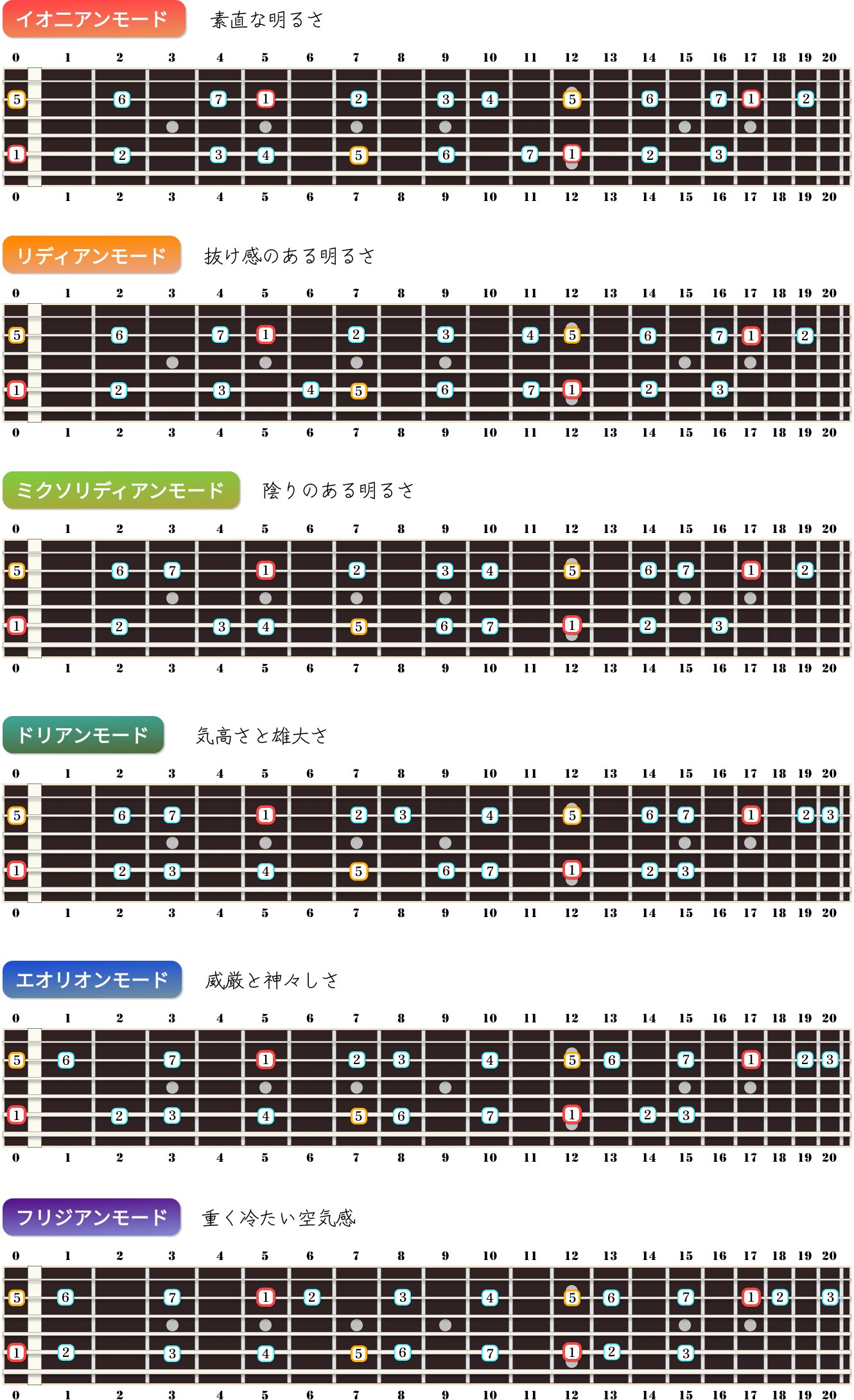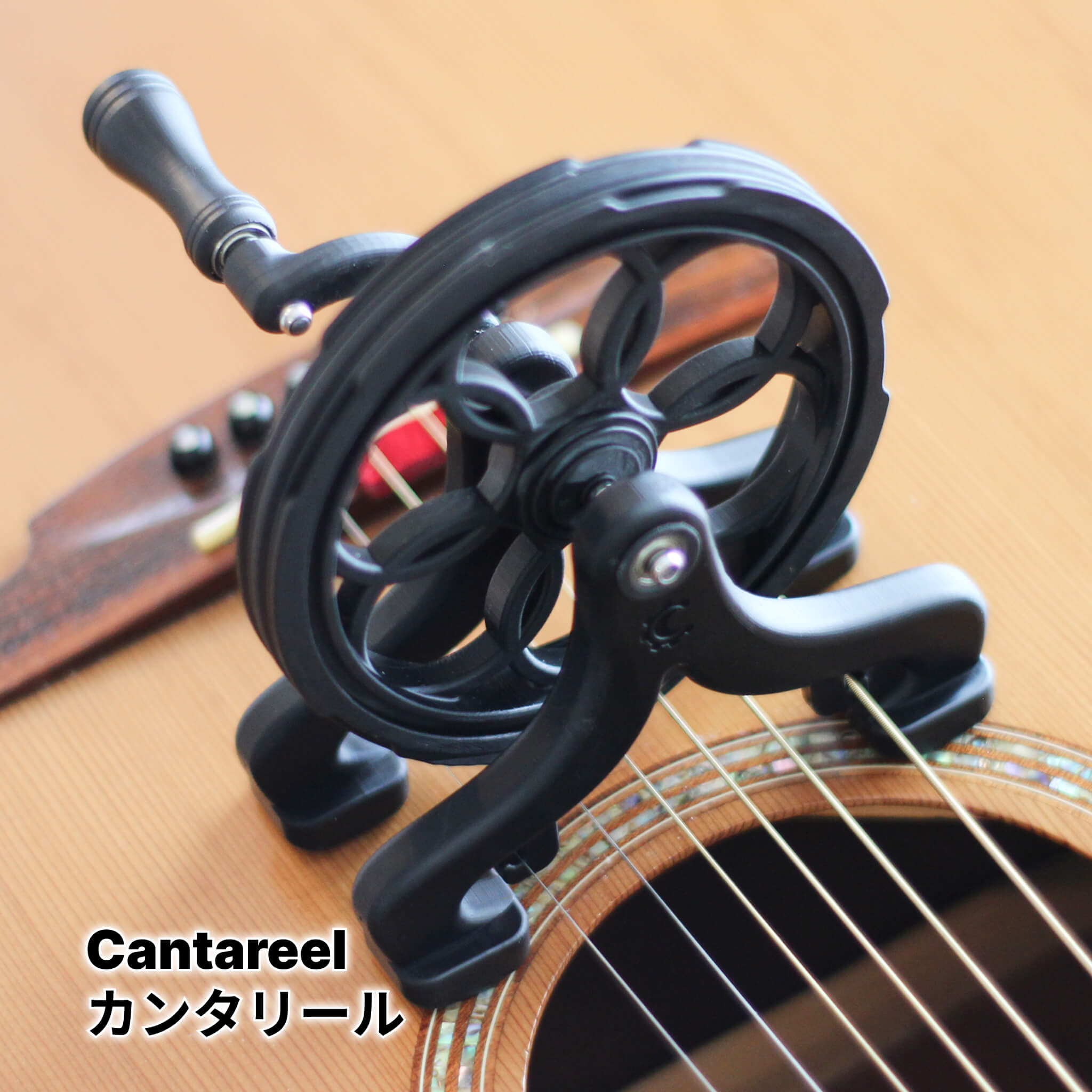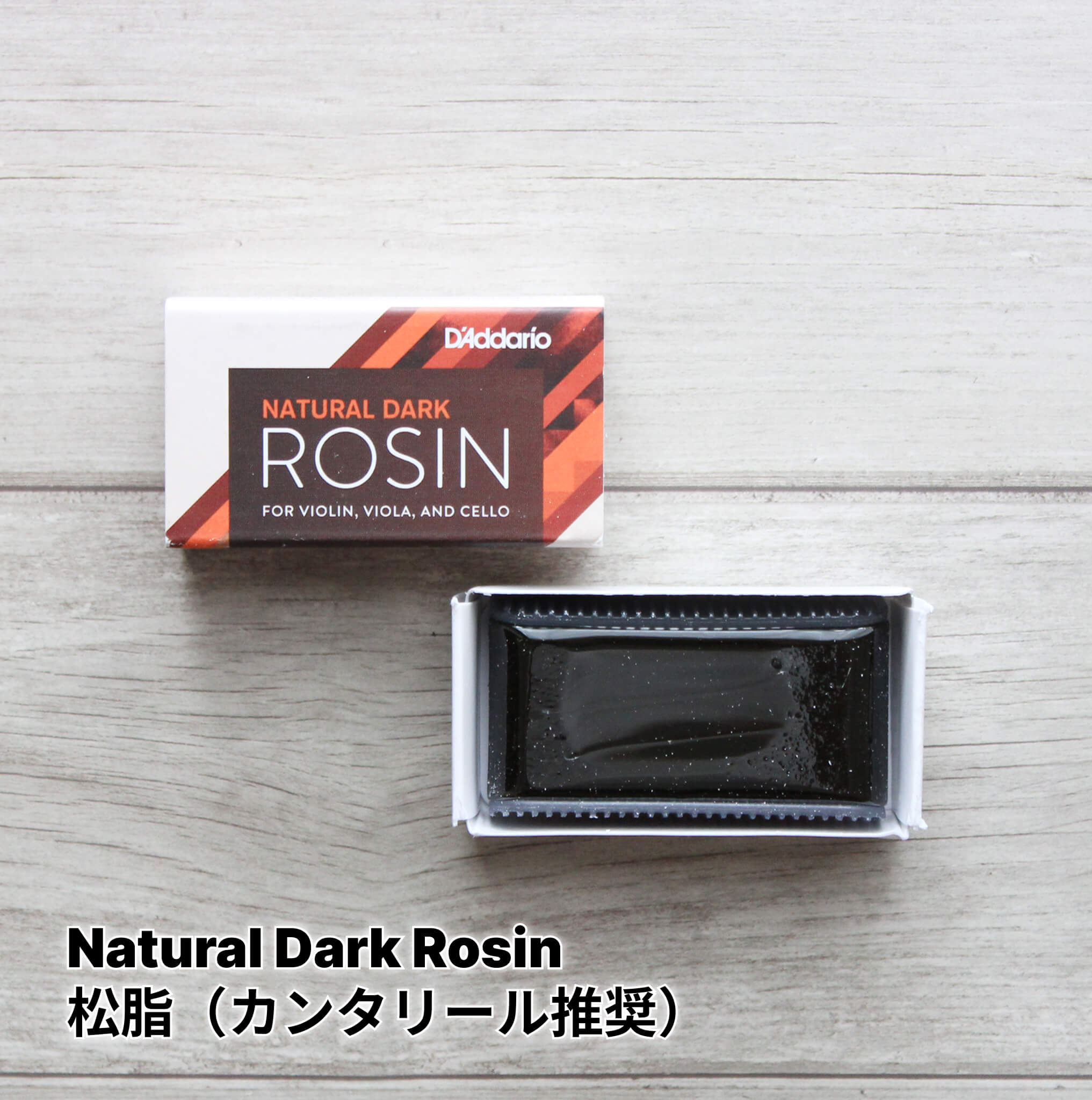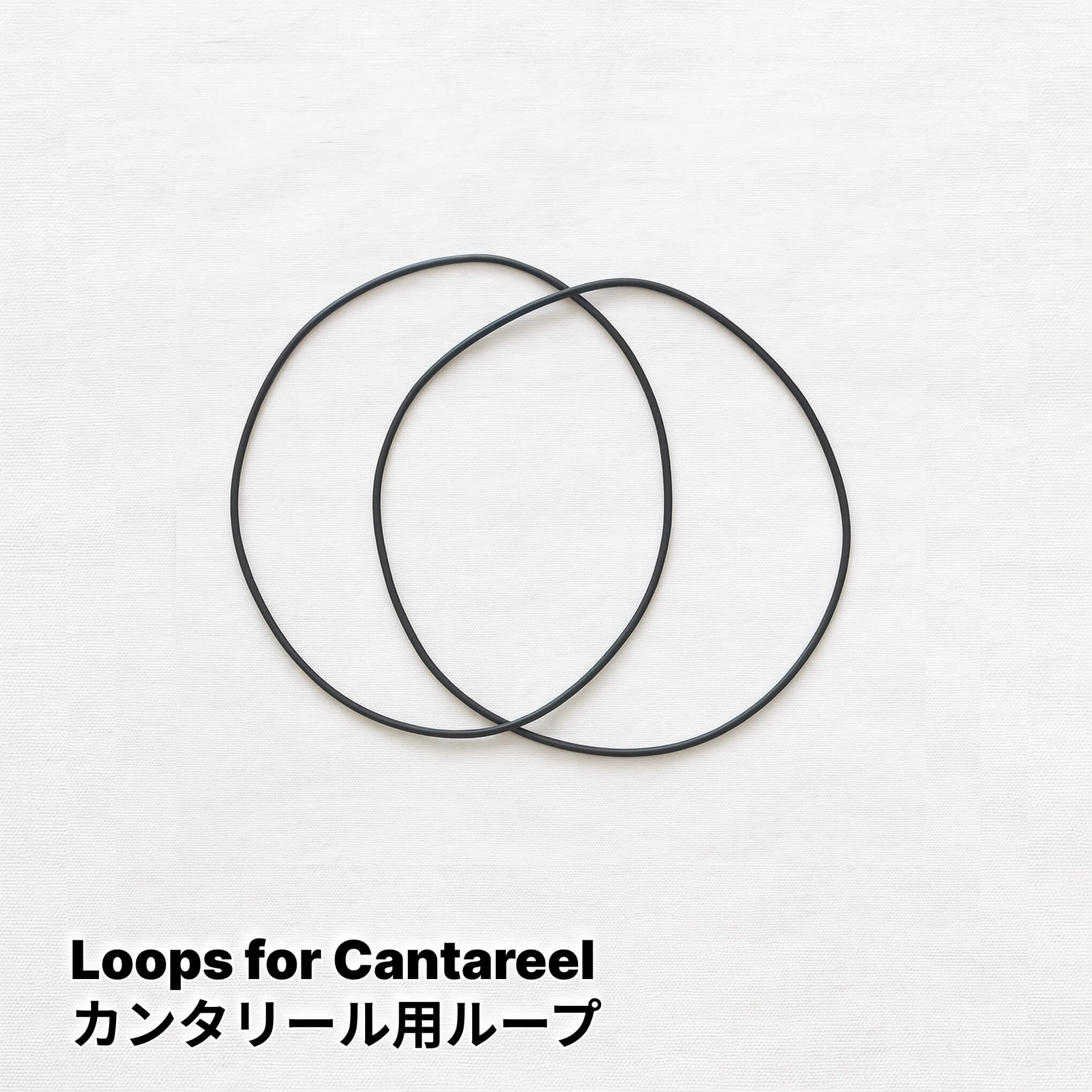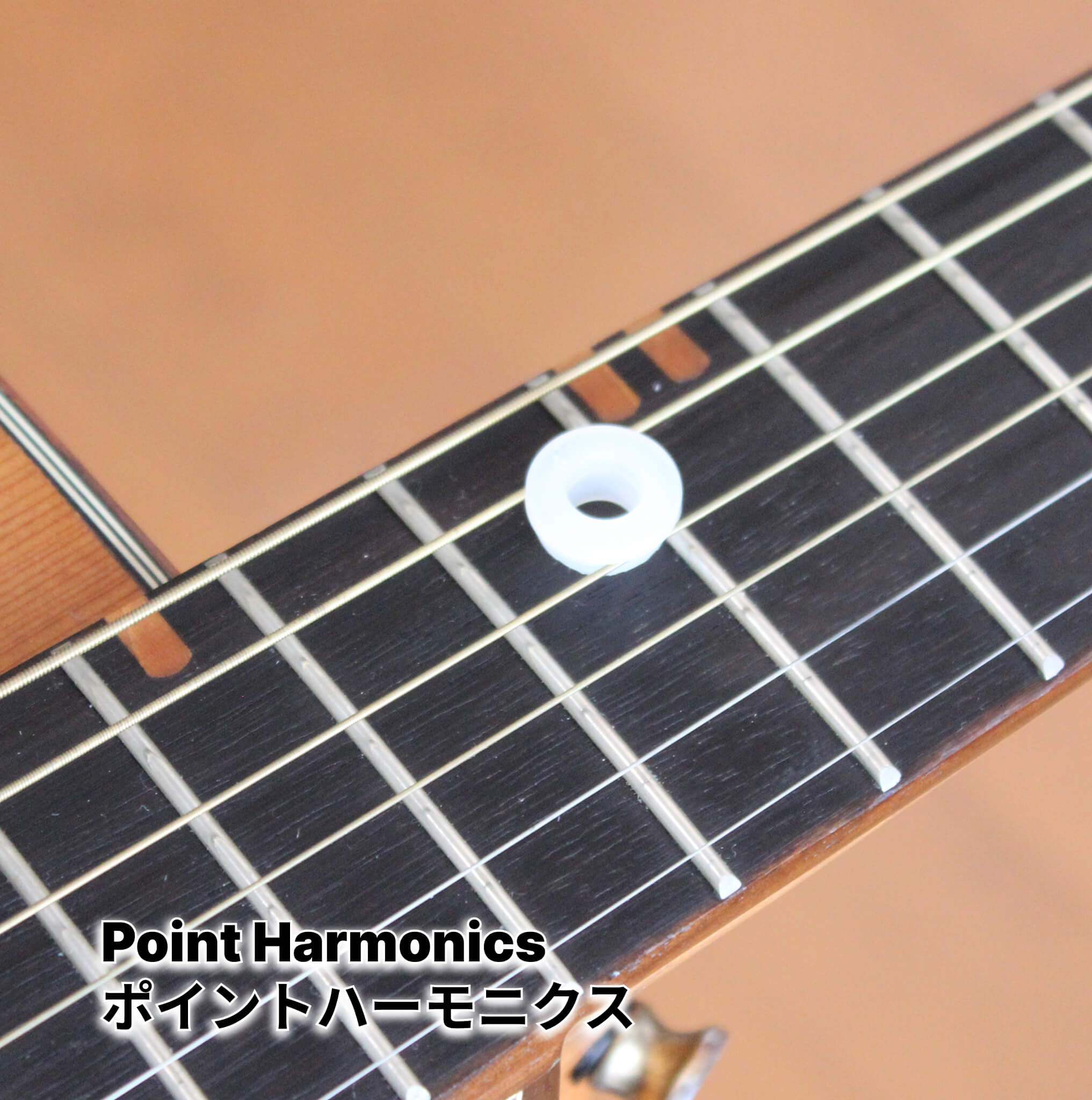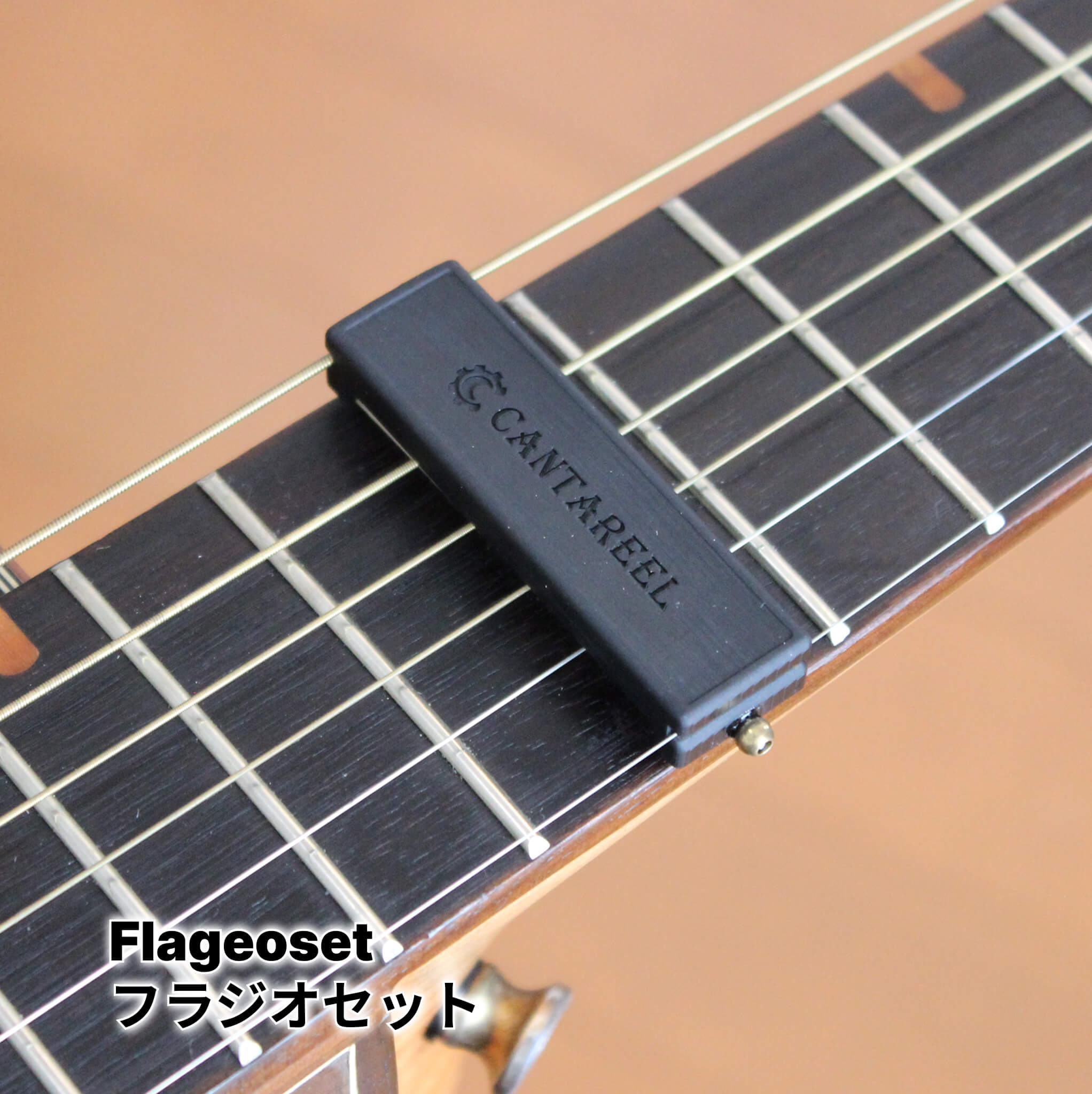How to set up Cantareel
Setting up Cantareel is easy once you get used to it, but proceed slowly at first. We have carefully explained the process in the video, so please take a look.
For tips on setting up, please refer to the FAQ section at the bottom of this page.
* Important Notes 1 :
Excessive pressure when applying rosin to the loops may cause them to break.
Scratch the surface of the rosin with a knife beforehand so that you can apply it simply by sliding the loops across the rosin.
* Important Notes 2 :
Raise the height using the adjustment plate only when the wheel hits the string.
Raising the height excessively can cause undue tension, which may lead to malfunction.
FAQ
How did Cantareel come to be?
Cantareel is a new invention by Keizo Ishibashi, the developer of Logic Wave, in 2025.
Now, the violin is the most famous of all the stringed instruments that produce sound by rubbing the strings, but there are still a wide variety of instruments in the world.
For example, there is the hurdy-gurdy, an ancient musical instrument that originated in Europe before the 11th century.
The Cantareel is strictly a different principle attachment, as it does not directly rub the strings with the wheel, but rather uses the wheel as a power source to move loops that touches the strings.
Anyway, it can be said that the Cantareel was born because of the hurdy-gurdy, a product of history.
In other words, the Cantareel is a renaissance that pays respect to the wisdom and history of our predecessors and revitalizes them with modern ideas and technology.
It is perhaps because of this background that we feel both “newness” and “nostalgia” toward Cantareel at the same time.
The name was created by combining Cantare (Italian for “singing”) and Reel (a tool for winding film or tape).
It expresses the enjoyment of turning the handle and playing as if singing.
What kind of strings should I put on?
Regular guitar strings will work fine.
However, we do not recommend “coated” strings such as Elixir, as they are difficult to produce sound.
For acoustic guitars, a light gauge string of about .011-.052 is recommended, and for classical guitars, a string with a higher tension than usual is recommended.
Does tightening the loops make the sound louder?
Using the included plate to raise the height of the Cantareel does indeed increase the tension on the loops. However, increased loops tension does not necessarily mean increased volume.
In fact, excessive tension can cause damage. Only use the plate to raise the height when the wheel is touching the strings.
If you want to produce a louder sound, experiment with how you apply the rosin.
Does turning the handle faster make the sound louder?
To produce a rich tone, turn the handle with a steady, consistent speed—preferably slowly.
Turning it too fast or at an uneven pace will cause the rosin to melt, leading to slippage.
First, develop the habit of turning it steadily at the minimum necessary speed.
The sound seems different today compared to yesterday.
The sound of Cantareel can subtly change depending not only on the condition of the strings and rosin, but also on temperature and humidity. Because of this, achieving exactly the same tone every day may be difficult.
But that’s also part of what makes Cantareel special.
Embrace the daily variations, and enjoy a dialogue with your sound.
Each day brings a unique resonance, a one-of-a-kind story waiting to be told.
I can't get the sound to work.
1. Apply rosin properly
Most cases where no sound is produced are caused by “rosin not being applied properly.” First, make a new cut with a cutter, then apply rosin thoroughly.
2. Remove rosin from the strings
The next most common cause is “rosin sticking to the strings and causing them to slip.” Carefully remove any clumps of rosin stuck to the strings with a cloth. Do not use oil or polish at this time.
3. Degreasing rosin and oil
If it still does not produce sound, the rosin adhering to the loop may be slipping. Hand sweat or lubricating oil adhering to metal parts may have transferred to the loop. Clean the loops and the strings thoroughly. If using lemon oil or polish, leave the rosin unapplied for at least half a day until it is completely dry.
Rosin does not stick to the loops easily.
If you are applying rosin properly but it does not stick well to the loops, the rosin itself may be the cause.
The condition of rosin is affected by temperature and humidity. We recommend using dark-colored rosin for Cantareel, but dark rosin does not perform well in high temperature and humidity environments. Store rosin in a cool place. Using light-colored rosin only during the summer is also an option.
How can I reduce noise?
Since the Cantareel is mounted directly on the guitar's body surface, noise may occur depending on its compatibility with the guitar and its installation point.
・Increase the tension of the 6th and 1st strings and secure them firmly.
・Attach anti-vibration cushions to the bottom of the Cantareel legs.
Can't play 6 strings at the same time?
It is possible to play more than five strings if they are secured in some way without hooks.
However, in that case, at least three loops are needed, and the pressure on the strings will be unstable because of the angle.
Also, if all six strings are played, the sound becomes muddy and the melody is often buried.
We did not abandon the 6th and 1st strings by choice, but rather made a proactive choice to prevent excessive resonance and to serve as a stabilizer.
Note that the 6th and 1st strings cannot be played as rubbing strings, but they can function as resonant strings and can be played by pizzicato.
Do the loops need to be replaced?
Loops, like strings, are consumables, but do not need to be changed very often.
Replace them if they break or stretch in any way.
Otherwise, depending on how often you play, it is recommended to replace them every six months or so.
Example of Cantareel Tuning
The cantareel is played with the four strings from the second to the fifth strings on a regular guitar.
The tuning possibilities are endless, but here are some typical examples.
[DADA]
If you want to play everything from Irish and other ethnic sounds to classical music, DADA is recommended.
[ADGB]
Another way is to play the guitar in its regular tuning. You may feel a little tension tightness.
[GCEA]
If you use the same tuning as the ukulele (one octave lower pitch to be exact), it is useful when playing chords.
Fingerboard chart
The most recommended tuning, DADA, is shown on the fretboard. Please use it.

Cantareel also works well with church modes.
It is recommended that you simply trace the notes of any mode without thinking too hard, as this will give you an atmospheric performance.
Please give it a try.
